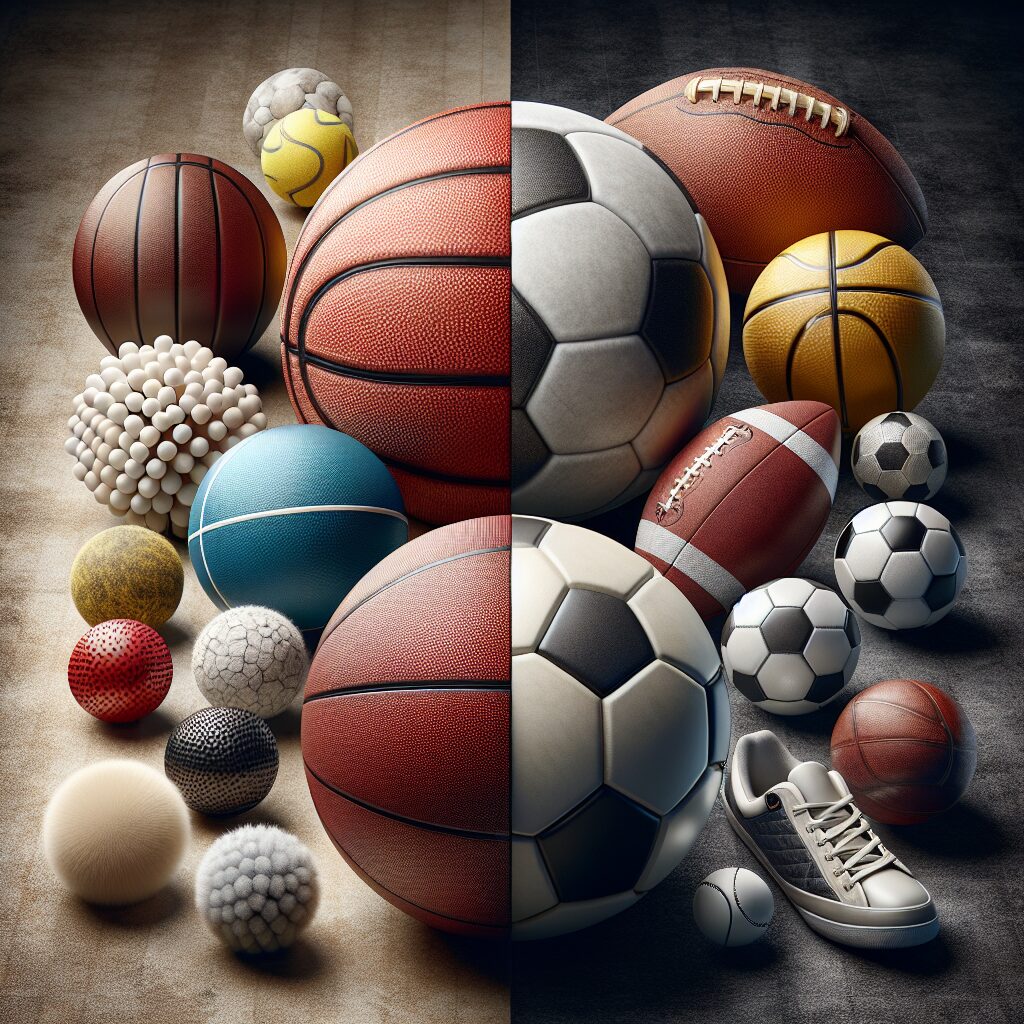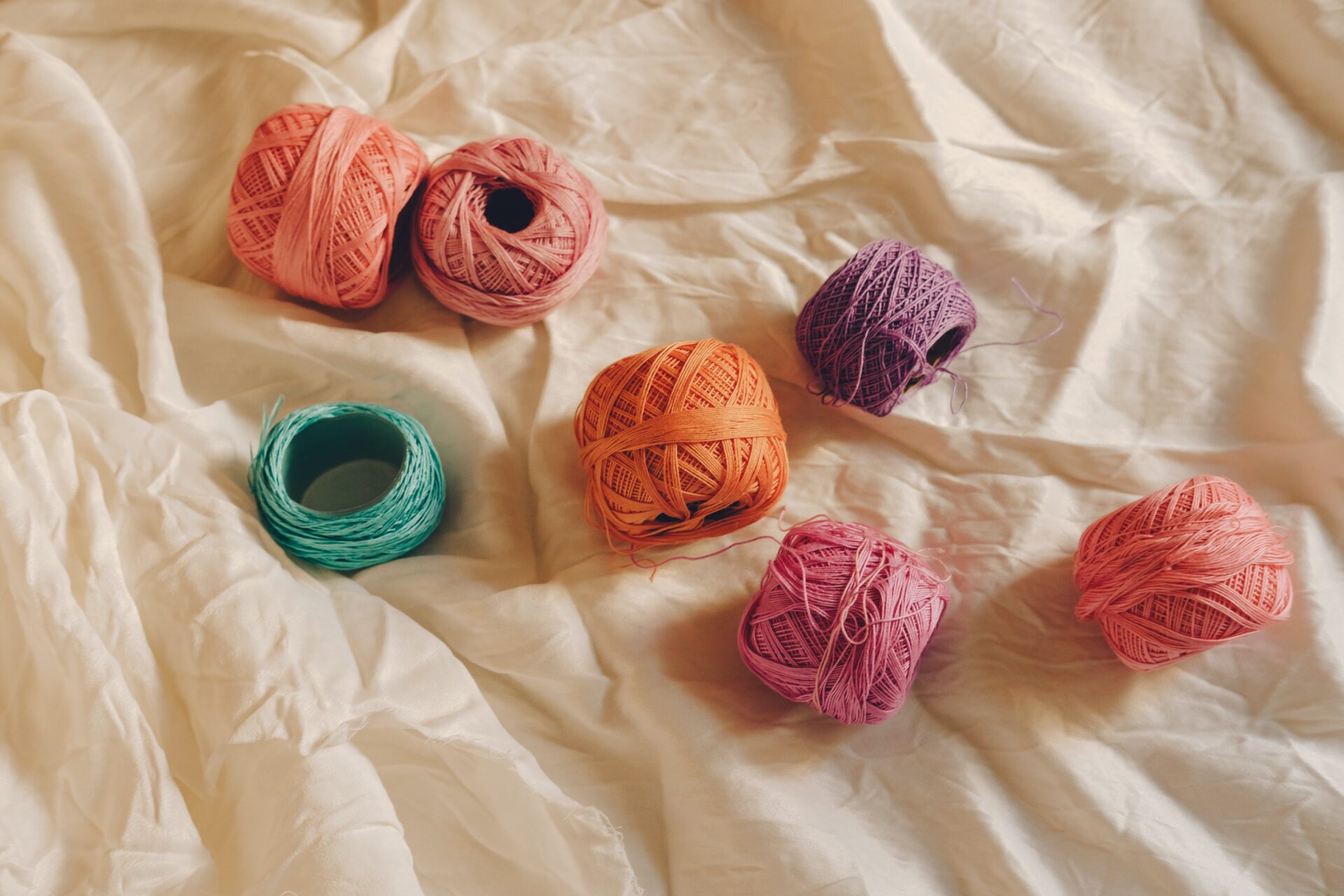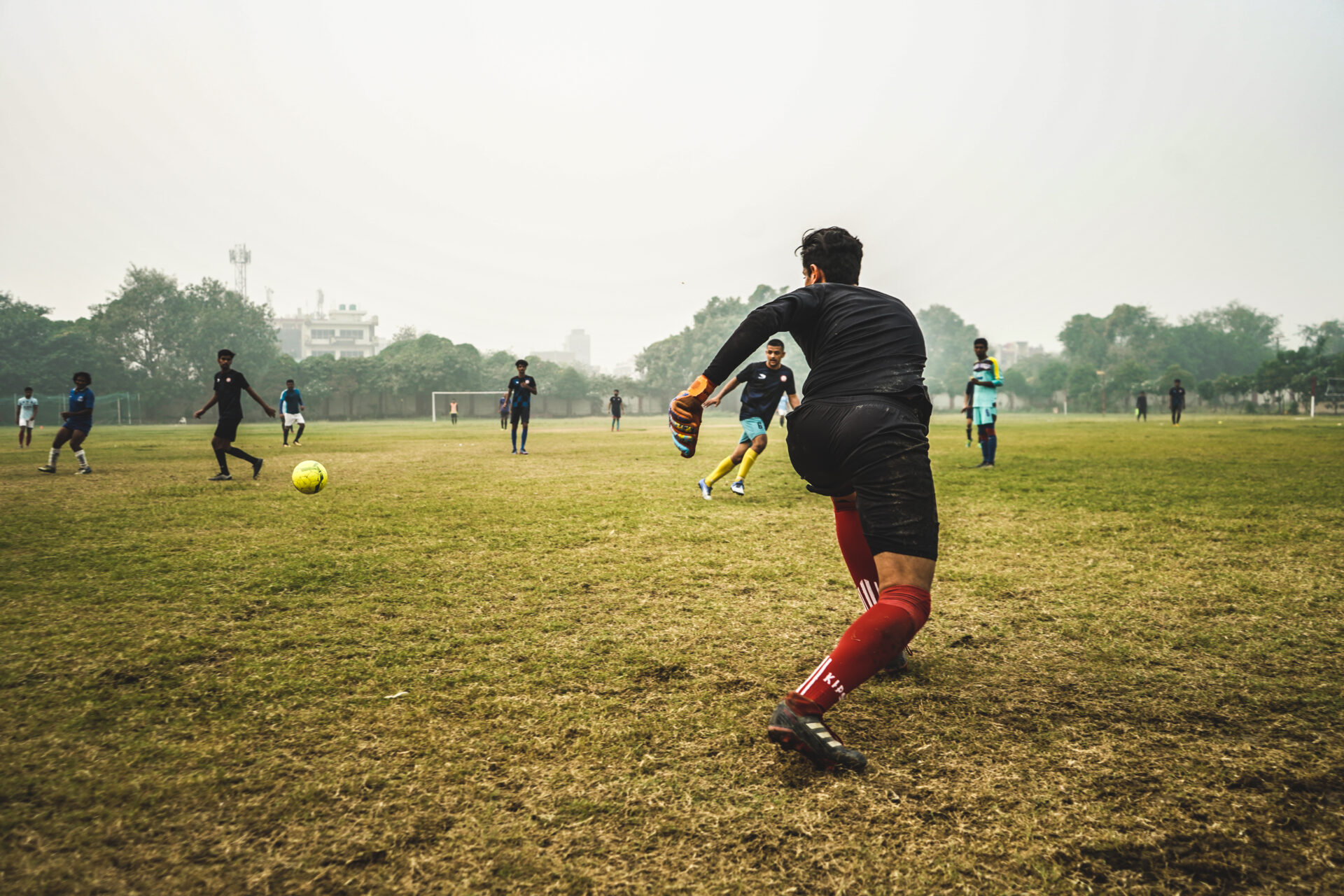When it comes to choosing the right ball for your favorite sport or leisure activity, one of the most important factors to consider is whether to opt for an indoor or outdoor ball. The type of ball you choose can have a significant impact on your performance, as well as the overall experience of the game. Indoor balls are specifically designed for use on indoor courts or surfaces, while outdoor balls are built to withstand the elements and rougher outdoor terrain. Understanding the differences between these two types of balls and their unique features can help you make an informed decision.
Indoor balls are typically made with a softer outer covering and have a lighter weight compared to their outdoor counterparts. This design allows for better control and precision, making them ideal for sports like basketball or volleyball that require precise, quick movements. Additionally, indoor balls often have a smooth surface that allows for consistent bounce and grip on indoor courts. On the other hand, outdoor balls are built to be more durable and weather-resistant. They are typically made with a sturdier outer covering, which can withstand the rough surfaces and outdoor conditions. These balls are heavier and have a rougher texture, providing better grip and stability on outdoor courts or fields.
As we delve deeper into the topic, we will discuss the key differences in materials, design, and performance between indoor and outdoor balls. By understanding these distinctions, you will be able to choose the ball that best suits your needs and maximizes your performance in your chosen sport or activity. So, let’s explore the essential factors to consider when selecting the appropriate ball for your indoor or outdoor adventures.
Key Takeaways
1. The choice between indoor and outdoor balls depends on the surface and environment in which they will be used. Indoor balls are designed for smooth surfaces and controlled conditions, while outdoor balls are more durable and suitable for rougher surfaces and windier conditions.
2. Indoor balls are typically made of leather or synthetic leather, offering better grip and control. Outdoor balls are usually made of rubber or synthetic materials, providing durability and resistance to wear and tear.
3. When choosing an indoor ball, factors such as ball size, weight, and bounce are important considerations. Smaller and lighter balls are generally preferred for younger players, while regulation-size balls are suitable for older and more experienced players.
4. Outdoor balls are designed to handle rougher surfaces and weather conditions. They have a higher bounce and are more resistant to wear, making them ideal for outdoor courts or uneven surfaces.
5. It is essential to consider the specific needs of the game or sport when selecting between indoor and outdoor balls. Different sports may require different ball sizes, weights, and materials to ensure optimal performance and safety.
What are the factors to consider when choosing between indoor and outdoor balls?
1. Material:
One crucial aspect to consider when deciding between indoor and outdoor balls is the material they are made of. Indoor balls are typically made of leather or synthetic materials to ensure a smooth and consistent bounce on indoor court surfaces. On the other hand, outdoor balls are made with tougher materials like rubber or composite leather to withstand the harsher conditions of outdoor play.
2. Durability:
Another consideration when choosing the right ball is durability. Indoor balls are designed for controlled, indoor environments, meaning they may not withstand the wear and tear of outdoor surfaces, such as concrete or asphalt. Outdoor balls, on the contrary, are built to withstand the rougher surfaces and will last longer under these conditions.
3. Grip:
Grip is a vital factor to consider, especially during gameplay. Indoor balls tend to have a softer, tackier cover, providing better control and grip for players. Outdoor balls, on the other hand, have a rougher texture to ensure a secure grip, as outdoor surfaces may be slippery due to factors like moisture or dust. The grip of the ball can significantly impact the player’s performance on the court.
4. Bounce:
The bounce of the ball is yet another factor that varies between indoor and outdoor options. Indoor balls are designed to have a consistent, predictable bounce, which is essential for precise and accurate play. Outdoor balls are designed with a slightly lower and more unpredictable bounce due to the harder surfaces they are used on. It is essential to consider the desired bounce characteristics for the type of play you engage in.
5. Purpose and Skill Level:
The purpose of the game and the skill level of the players are significant factors to consider when choosing indoor or outdoor balls. Indoor balls are generally preferred for professional or competitive indoor play where control and precision are crucial. Outdoor balls are more suitable for casual play, recreational activities, or street basketball where the playing surface may not be a standard court.
6. Maintenance and Cost:
Maintenance and cost considerations play a role in the decision-making process. Indoor balls require more care, such as regular cleaning and proper storage, to maintain their performance and durability. Outdoor balls, being more robust, require less maintenance but may need more frequent replacement due to the harsher conditions they are exposed to. Additionally, cost varies between indoor and outdoor balls, with indoor balls generally being more expensive due to the materials used and the performance they offer.
What are some tips to help you choose the right ball?
- Consider the playing surface and conditions to determine if you need an indoor or outdoor ball.
- Assess the level of grip required for your playing style and the playing surface you frequent.
- Determine the level of bounce that suits your playing preferences and the type of game you engage in.
- Consider the purpose of the game and the skill level of the players involved.
- Factor in the maintenance requirements and cost when making a decision.
FAQ
1. Can I use indoor balls for outdoor sports?
While it is technically possible to use indoor balls for outdoor sports, it is generally not recommended. Indoor balls are specifically designed for indoor use and may not withstand the harsh outdoor conditions. They have a softer exterior and are not as durable as outdoor balls, which can result in quicker wear and tear.
2. Are outdoor balls suitable for indoor use?
Yes, outdoor balls can be used for indoor sports without any issues. They are designed to withstand the rough outdoor surfaces and are generally more durable. However, keep in mind that outdoor balls might have a harder exterior and may bounce differently compared to indoor balls.
3. What are the main differences between indoor and outdoor balls?
Indoor balls are typically made with a softer material to provide better grip and control on indoor surfaces. On the other hand, outdoor balls are constructed with a harder exterior for increased durability on rough outdoor surfaces. The type of material, bounce, and surface grip can vary between the two types of balls.
4. Can I use outdoor balls on indoor wooden surfaces?
Using outdoor balls on indoor wooden surfaces is generally not recommended. The harder exterior of outdoor balls can cause potential damage to the wooden surface, resulting in scratches or marks. It is always best to use indoor balls on wooden surfaces to ensure the longevity of the playing area.
5. Are outdoor balls more expensive than indoor balls?
In general, outdoor balls are priced similarly to indoor balls. The cost may vary based on the brand, quality, and specific sport. Higher-end outdoor balls designed for professional use might be more expensive than basic indoor balls, but there are affordable options available in both categories.
6. Which type of ball is better for basketball: indoor or outdoor?
The type of ball that is better for basketball depends on the playing environment. If you predominantly play basketball indoors, it is advisable to use indoor balls as they offer superior grip and control on smooth indoor courts. For outdoor games on rough surfaces, outdoor balls with a tougher exterior are more suitable.
7. Can outdoor balls be used in wet weather?
Yes, outdoor balls are designed to withstand various weather conditions, including wet weather. They are often made with materials that repel water and resist moisture absorption. However, when playing in wet weather, it is essential to take extra precautions to maintain grip and prevent slipping.
8. Will using the wrong type of ball affect my performance?
Using the wrong type of ball can definitely affect your performance in a sport. Indoor and outdoor balls have different characteristics, such as grip, bounce, and durability, which directly impact your gameplay. Using the appropriate ball for the specific playing environment can enhance your performance and overall experience.
9. How often should I replace an outdoor ball?
The lifespan of an outdoor ball depends on various factors, including frequency of use, playing surface, and quality of construction. On average, high-quality outdoor balls can last for many months or even years with regular use. However, it is important to monitor the condition of the ball and replace it when it shows signs of significant wear or damage.
10. Can I use tennis balls interchangeably for indoor and outdoor play?
Tennis balls specifically designed for indoor and outdoor play differ in their felt covering. Indoor tennis balls have a thicker felt covering than outdoor tennis balls to compensate for the lack of pressure changes caused by outdoor elements. It is advisable to use the appropriate type of tennis ball for the specific playing environment to ensure optimal performance.
Final Thoughts
When it comes to choosing between indoor and outdoor balls, it is crucial to consider the playing environment and the specific sport. Each type of ball is designed with its unique characteristics to optimize performance in different conditions. While it may be possible to use indoor balls for outdoor sports or vice versa, it is recommended to use the appropriate ball for the best gameplay experience.
Investing in the right type of ball can not only improve your skills but also extend the lifespan of the equipment. Take into account factors like durability, grip, and bounce to make an informed decision. Ultimately, selecting the right ball for the right environment will enhance your overall enjoyment and success in your chosen sport.




